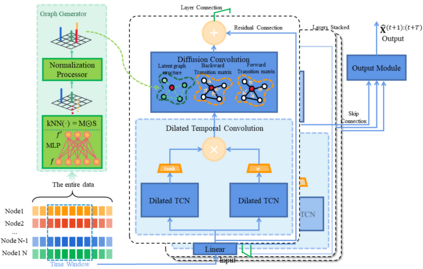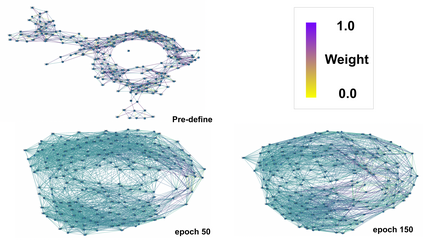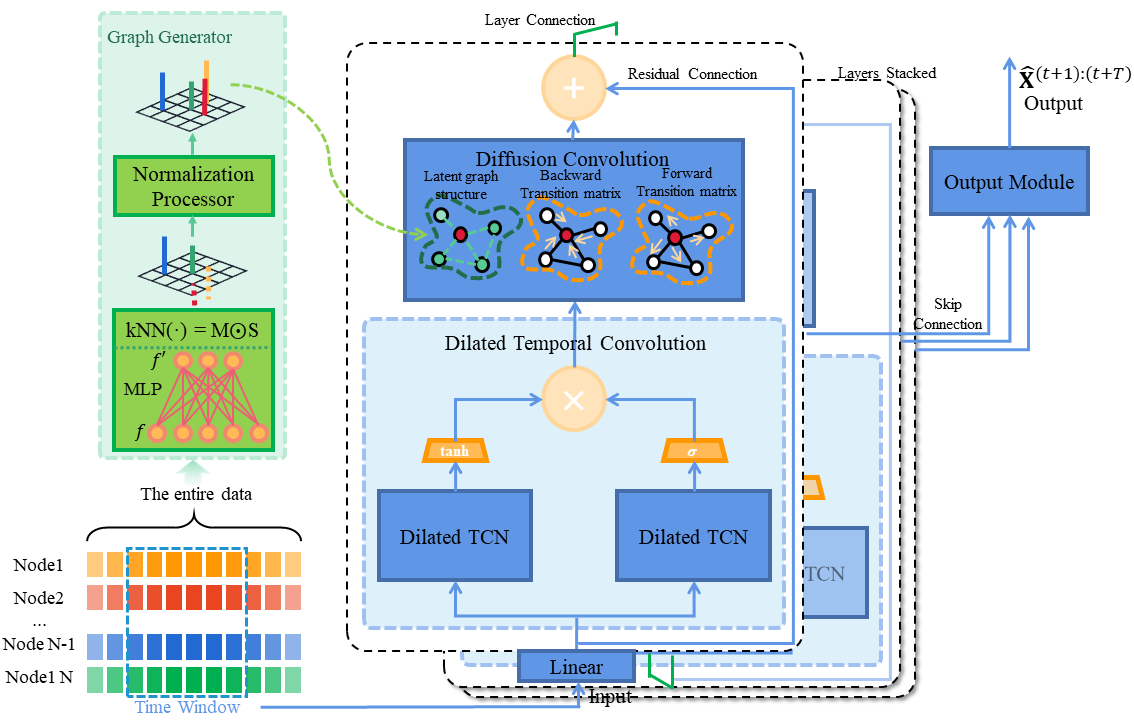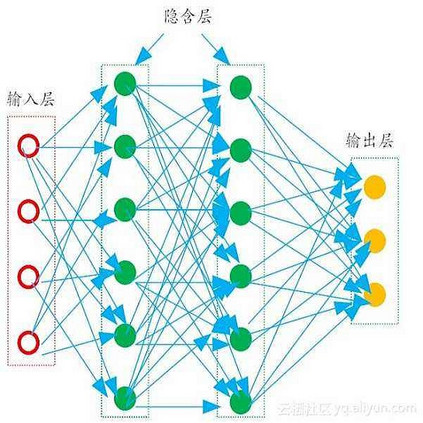Accurate traffic forecasting, the foundation of intelligent transportation systems (ITS), has never been more significant than nowadays due to the prosperity of smart cities and urban computing. Recently, Graph Neural Network truly outperforms the traditional methods. Nevertheless, the most conventional GNN-based model works well while given a pre-defined graph structure. And the existing methods of defining the graph structures focus purely on spatial dependencies and ignore the temporal correlation. Besides, the semantics of the static pre-defined graph adjacency applied during the whole training progress is always incomplete, thus overlooking the latent topologies that may fine-tune the model. To tackle these challenges, we propose a new traffic forecasting framework -- Spatio-Temporal Latent Graph Structure Learning networks (ST-LGSL). More specifically, the model employs a graph generator based on Multilayer perceptron and K-Nearest Neighbor, which learns the latent graph topological information from the entire data considering both spatial and temporal dynamics. Furthermore, with the initialization of MLP-kNN based on ground-truth adjacency matrix and similarity metric in kNN, ST-LGSL aggregates the topologies focusing on geography and node similarity. Additionally, the generated graphs act as the input of the Spatio-temporal prediction module combined with the Diffusion Graph Convolutions and Gated Temporal Convolutions Networks. Experimental results on two benchmarking datasets in real world demonstrate that ST-LGSL outperforms various types of state-of-art baselines.
翻译:准确的交通预报是智能交通系统的基础,由于智能城市和城市计算机的繁荣,这种预测从未比现在更加重要。最近,图表神经网络真正超越了传统方法。然而,最传统的GNN模型在给定一个预定义的图形结构的同时运作良好。现有的图表结构定义方法完全侧重于空间依赖和忽略时间相关性。此外,在整个培训进展期间使用的静态预定义图形对称的语义总是不完整,从而忽略了可能微调模型的潜在表层。为了应对这些挑战,我们提出了一个新的交通预测框架 -- -- Spatio-Temporal Trient Stript 结构学习网络(ST-L)。更具体地说,模型使用基于多层感应和K-Nearest Neighbor的图形生成的图形生成生成器。此外,基于地面对齐调调和时间动态基准模型的MLP-KNNN, 以地面对地平流和双层的GNGS-S-S-SL 图像模型模型中,以相同的直径直径直径G-S-S-IG-IG-S-IL模型模型模型模拟模拟模拟模拟模拟模拟模拟模拟模拟模拟模拟模拟模拟模拟模拟模拟模拟模拟模拟模拟模拟模拟模拟模拟模拟模拟模拟模拟的模拟和模拟模拟模拟的图像模拟模拟模拟模拟模拟模拟模拟模拟模拟模拟模拟模拟。







